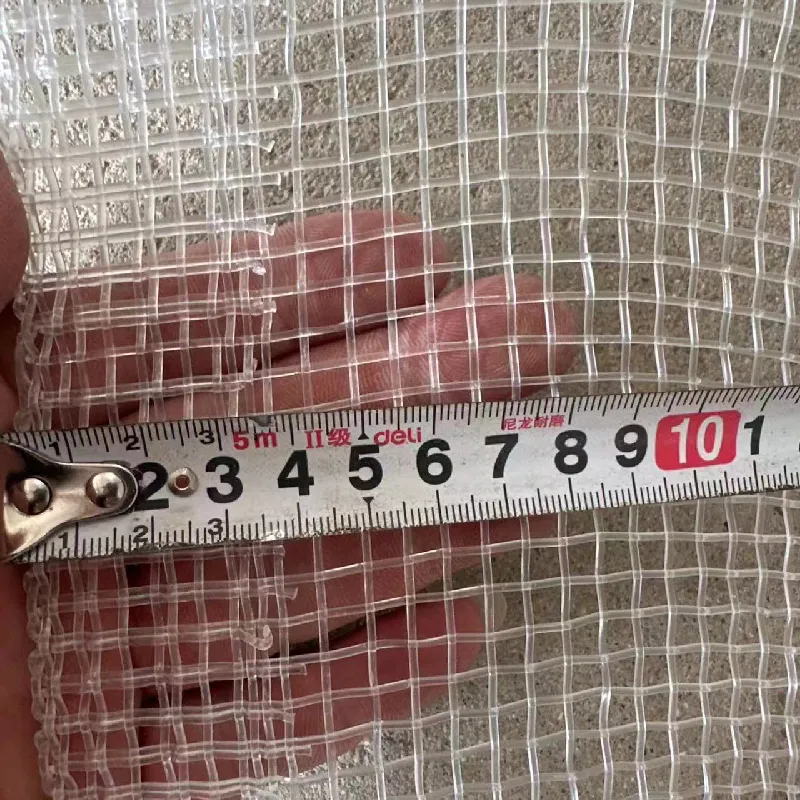-
 Afrikaans
Afrikaans -
 Albanian
Albanian -
 Amharic
Amharic -
 Arabic
Arabic -
 Armenian
Armenian -
 Azerbaijani
Azerbaijani -
 Basque
Basque -
 Belarusian
Belarusian -
 Bengali
Bengali -
 Bosnian
Bosnian -
 Bulgarian
Bulgarian -
 Catalan
Catalan -
 Cebuano
Cebuano -
 China
China -
 Corsican
Corsican -
 Croatian
Croatian -
 Czech
Czech -
 Danish
Danish -
 Dutch
Dutch -
 English
English -
 Esperanto
Esperanto -
 Estonian
Estonian -
 Finnish
Finnish -
 French
French -
 Frisian
Frisian -
 Galician
Galician -
 Georgian
Georgian -
 German
German -
 Greek
Greek -
 Gujarati
Gujarati -
 Haitian Creole
Haitian Creole -
 hausa
hausa -
 hawaiian
hawaiian -
 Hebrew
Hebrew -
 Hindi
Hindi -
 Miao
Miao -
 Hungarian
Hungarian -
 Icelandic
Icelandic -
 igbo
igbo -
 Indonesian
Indonesian -
 irish
irish -
 Italian
Italian -
 Japanese
Japanese -
 Javanese
Javanese -
 Kannada
Kannada -
 kazakh
kazakh -
 Khmer
Khmer -
 Rwandese
Rwandese -
 Korean
Korean -
 Kurdish
Kurdish -
 Kyrgyz
Kyrgyz -
 Lao
Lao -
 Latin
Latin -
 Latvian
Latvian -
 Lithuanian
Lithuanian -
 Luxembourgish
Luxembourgish -
 Macedonian
Macedonian -
 Malgashi
Malgashi -
 Malay
Malay -
 Malayalam
Malayalam -
 Maltese
Maltese -
 Maori
Maori -
 Marathi
Marathi -
 Mongolian
Mongolian -
 Myanmar
Myanmar -
 Nepali
Nepali -
 Norwegian
Norwegian -
 Norwegian
Norwegian -
 Occitan
Occitan -
 Pashto
Pashto -
 Persian
Persian -
 Polish
Polish -
 Portuguese
Portuguese -
 Punjabi
Punjabi -
 Romanian
Romanian -
 Russian
Russian -
 Samoan
Samoan -
 Scottish Gaelic
Scottish Gaelic -
 Serbian
Serbian -
 Sesotho
Sesotho -
 Shona
Shona -
 Sindhi
Sindhi -
 Sinhala
Sinhala -
 Slovak
Slovak -
 Slovenian
Slovenian -
 Somali
Somali -
 Spanish
Spanish -
 Sundanese
Sundanese -
 Swahili
Swahili -
 Swedish
Swedish -
 Tagalog
Tagalog -
 Tajik
Tajik -
 Tamil
Tamil -
 Tatar
Tatar -
 Telugu
Telugu -
 Thai
Thai -
 Turkish
Turkish -
 Turkmen
Turkmen -
 Ukrainian
Ukrainian -
 Urdu
Urdu -
 Uighur
Uighur -
 Uzbek
Uzbek -
 Vietnamese
Vietnamese -
 Welsh
Welsh -
 Bantu
Bantu -
 Yiddish
Yiddish -
 Yoruba
Yoruba -
 Zulu
Zulu
welding mesh price
Understanding Welding Mesh Prices Factors and Market Trends
Welding mesh, a versatile and durable product used in various applications such as construction, agriculture, and security, has seen a fluctuating market in recent years. Understanding the factors that influence welding mesh prices can help businesses and consumers make informed purchasing decisions.
1. Raw Material Costs
The primary component of welding mesh is steel, and its price is heavily influenced by the global steel market. Fluctuations in the price of raw materials, such as iron ore and coal, directly impact the cost of steel production. For instance, when there is an increase in demand for steel due to infrastructure projects or construction booms, steel prices tend to rise, subsequently affecting the cost of welding mesh. Conversely, a drop in steel prices often leads to lower welding mesh prices, making it more affordable for consumers.
2. Production Methods
The manufacturing process of welding mesh also plays a vital role in pricing. Different production methods, such as manual or automated welding, can influence labor costs and efficiency. Automated processes tend to reduce labor costs and increase production speed, allowing manufacturers to offer competitive prices. However, the initial investment in machinery can be high, which might be reflected in the pricing strategy. Manufacturers must balance efficiency with quality to maintain customer satisfaction without significantly raising prices.
3. Geographic Factors
welding mesh price

Location can significantly affect the price of welding mesh. Transportation costs are a crucial factor, as shipping large quantities of materials can be expensive. For example, welding mesh produced in regions with access to abundant raw materials may have lower prices due to reduced transportation costs. Conversely, importing welding mesh from distant manufacturers can increase overall costs, impacting the market price. Additionally, regional demand can vary; areas with high construction activity may see spikes in welding mesh prices due to increased local demand.
4. Market Demand
The overall market demand for welding mesh is influenced by various sectors, including construction, agriculture, and manufacturing. An increase in residential or commercial building projects often leads to a surge in demand for welding mesh, which can drive prices up. On the other hand, economic downturns or slowdowns in construction can lead to excess supply, causing prices to drop. Staying updated on market trends and forecasts can help consumers and businesses anticipate price changes.
5. Quality and Specifications
Finally, the quality and specifications of welding mesh also affect pricing. Higher-grade steel or specialty coatings that enhance durability and resistance to corrosion typically come at a premium price. Consumers must assess their specific needs and balance cost with quality to ensure they get the best value for their investment.
In conclusion, the price of welding mesh is influenced by a complex interplay of factors, including raw material costs, production methods, geographic considerations, market demand, and product specifications. By understanding these elements, buyers can make more informed decisions and potentially save money in the process. For those in the market for welding mesh, it is essential to stay informed about these dynamics to navigate the pricing landscape effectively.
-
Shipping Plastic Bags for Every NeedNewsJul.24,2025
-
Safety Netting: Your Shield in ConstructionNewsJul.24,2025
-
Plastic Mesh Netting for Everyday UseNewsJul.24,2025
-
Nylon Netting for Every UseNewsJul.24,2025
-
Mesh Breeder Box for Fish TanksNewsJul.24,2025
-
Expanded Steel Mesh Offers Durable VersatilityNewsJul.24,2025











